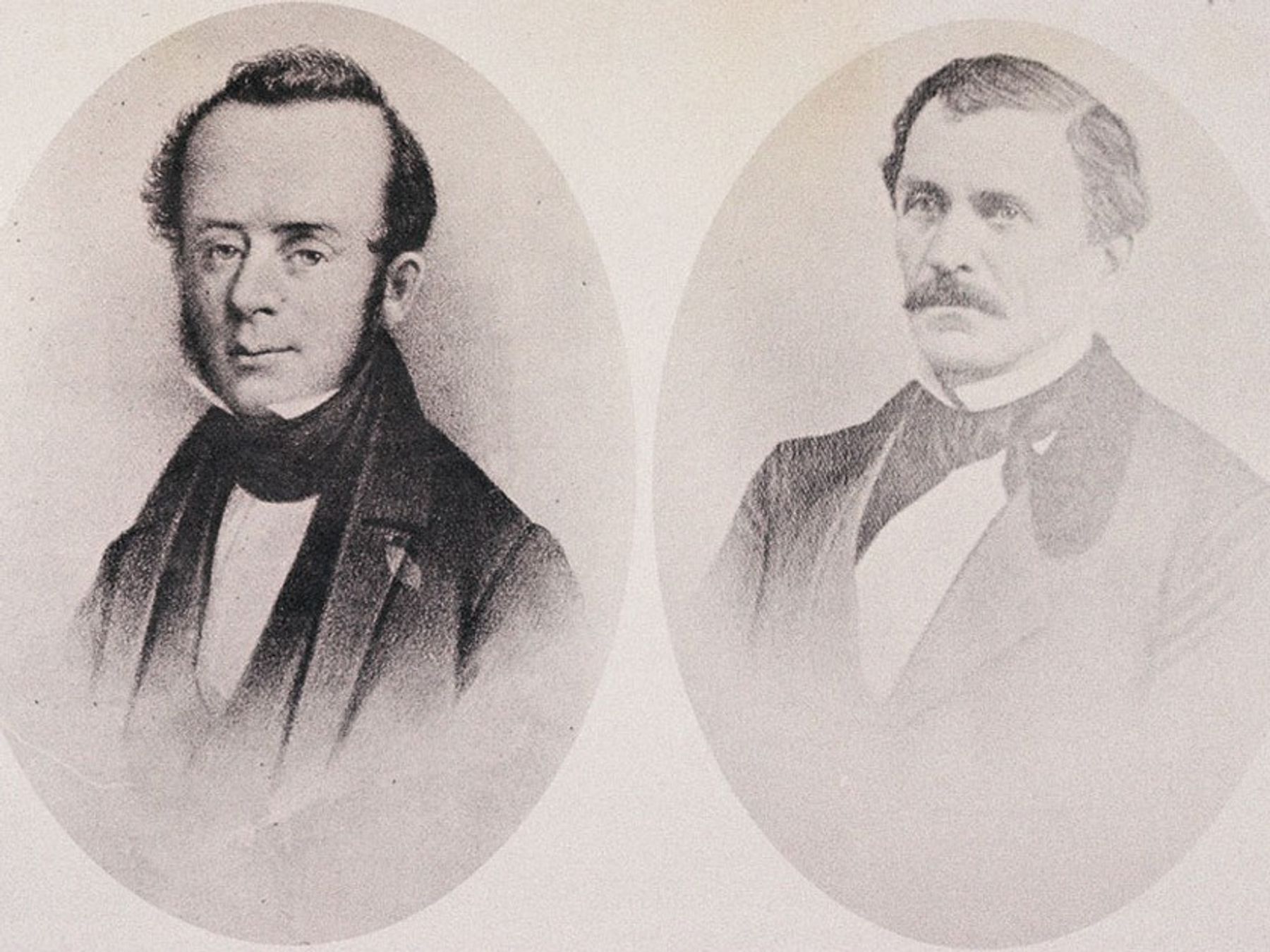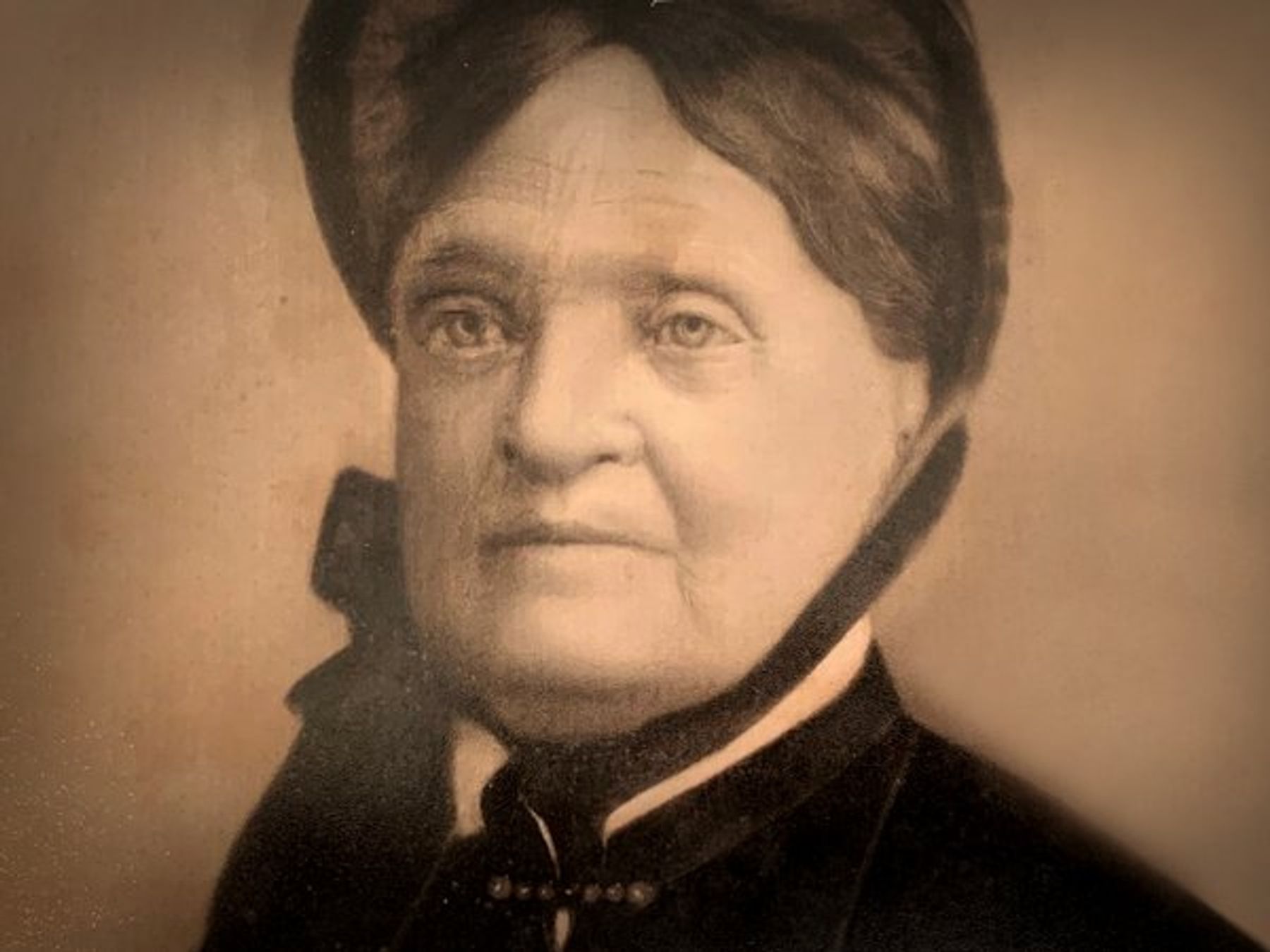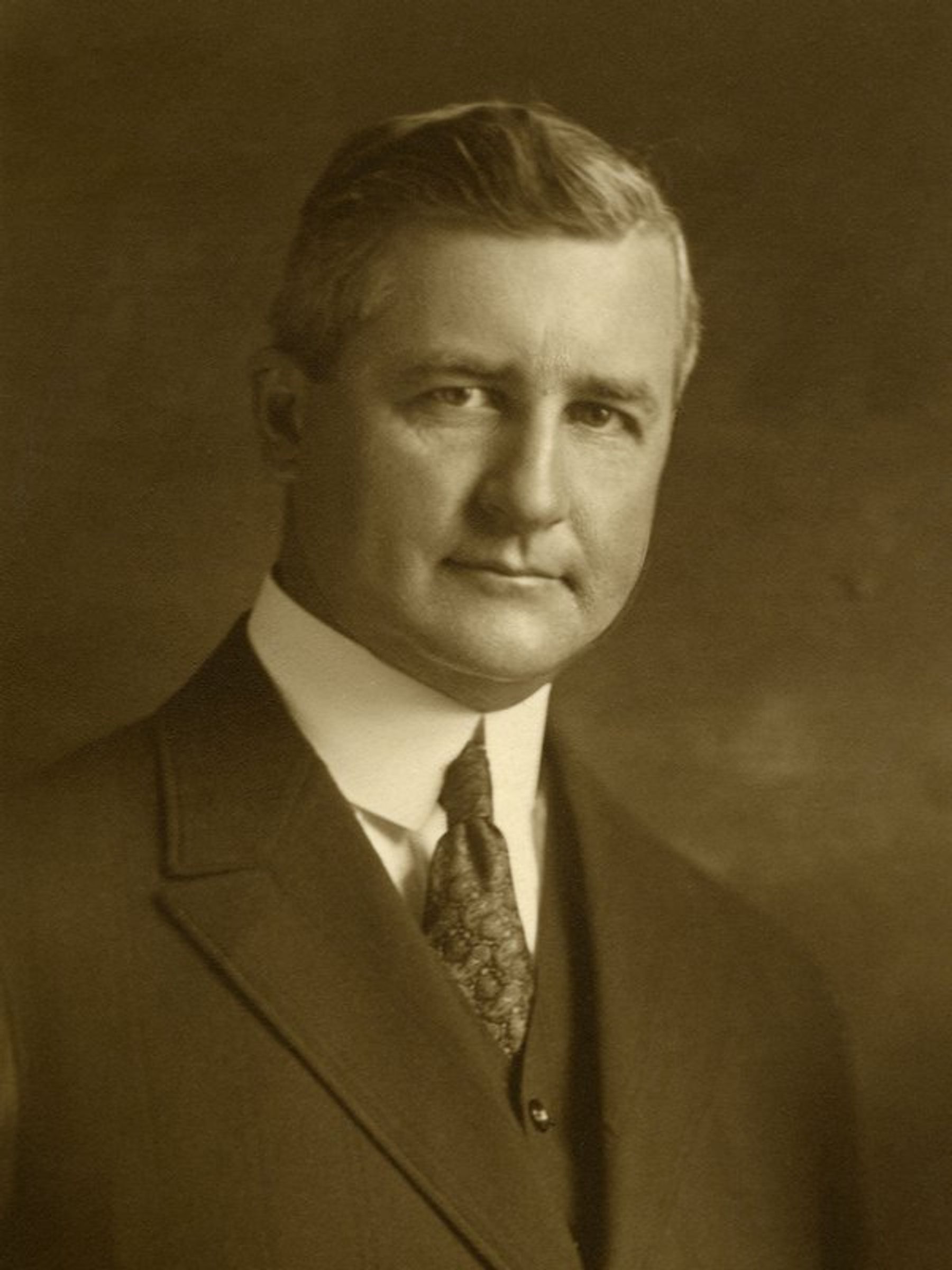In the Footsteps of the Past: They Made Houston
History is All Around Downtown – All You Have to do is Look
Walking around Downtown Houston, visitors and Houstonians alike could be forgiven for thinking the city is merely another modern metropolis, with its steel-and-glass skyscrapers reaching to the clouds, and sleek mid- and high-rise residences adding to the streetscape. But Houston was birthed in the 19th century, on the sleepy banks of Buffalo Bayou’s brown waters. In the nearly 185 years since its founding, the city itself – and its Downtown core – have grown to become one of the most dynamic cities in the country, home to Fortune 500 companies, forward thinkers, and innovators and entrepreneurs. In today’s rapidly changing technological times, it’s easy to forget the history that came before.
Wander the streets of Downtown, however, and you’ll encounter history at nearly every turn, drawn from the city’s earliest days as a merchant outpost, progressing on a timeline through the heady days of the turn of the 20th century when Houston became a center for commerce and oil, the beacon of the South that gave birth to the Ship Channel.
Houston has always been a city on the move. And Downtown has always been where its origin story begins.
The Allen Brothers
Augustus Chapman Allen (1806 –1864) and John Kirby Allen (1810 – 1838) were both born in present-day Sullivan, New York, a tiny town a couple hours west of Albany. In 1826, John invested in a hat store with a friend; a year later, he sold his interest and he and his brother, by then a math professor, packed up and moved to New York City, investing in the H. and H. Canfield Company. They’d come to Texas by way of Galveston, settling in St. Augustine in 1833. In 1836, using money from Augustus’ wife Charlotte’s inheritance, the duo purchased the land along Buffalo Bayou that would become Houston, named for General Sam Houston, one of the heroes of the Texas Revolution. John would be elected to Texas’ Congress, representing Nacogdoches County, where he successfully lobbied to have Houston named the capital of Texas. After John died in 1838, Augustus, citing his own ill health, decamped to Mexico, signing over his business interests to Charlotte. He remained in Mexico until 1864 when, gravely ill, he moved to Washington, D.C. He would never recover, dying that January.
Charlotte Baldwin Allen (1805 - 1895)
Born in Onondaga County, New York, Charlotte married Augustus Chapman Allen in 1831, then followed her husband and his brother to Texas. After John’s death and Augustus’ relocation to Mexico, Charlotte remained in Houston, managing the family’s business operations. She and Augustus would separate in 1850, although they never divorced. She would go on to be one of Houston’s most famous citizens, growing her real estate business through the sale of properties that would become the site of The Rice Hotel and deeding her home on the site of Market Square to the city for what would become its first City Hall. The C. Baldwin Hotel, newly opened in 2019, is named for “the mother of Houston.” She died in 1895 and is buried in Houston’s Glenwood Cemetery.
Jesse H. Jones (1874 – 1956)
Visionary. Industrialist. Houstonian. The superlatives for Jones are as limitless as his ambition. Born in Tennessee, he moved with his family to Dallas as boy, coming to Houston in 1898, where he rented a room in the Rice Hotel. Jones would make his fortune in an array of business endeavors, including timber, construction and real estate. As his fortunes grew, so did his influence. He was instrumental in the construction of the Houston Ship Channel, following the devastation of Galveston from the Hurricane of 1900. He lobbied that an inland port would be safer. He and his wife Mary became prominent Houston philanthropists, founding the Houston Endowment in 1937. He served as Secretary of Commerce from 1940 to 1945. He died in 1956 at the age of 82, leaving behind a legacy of entrepreneurship and civic giving that remain hallmarks of Houston to this day.


